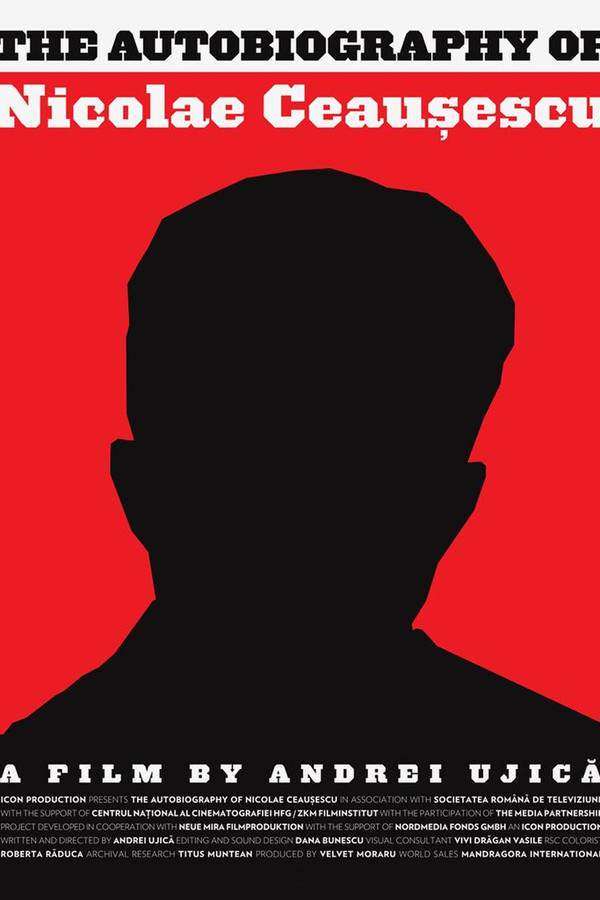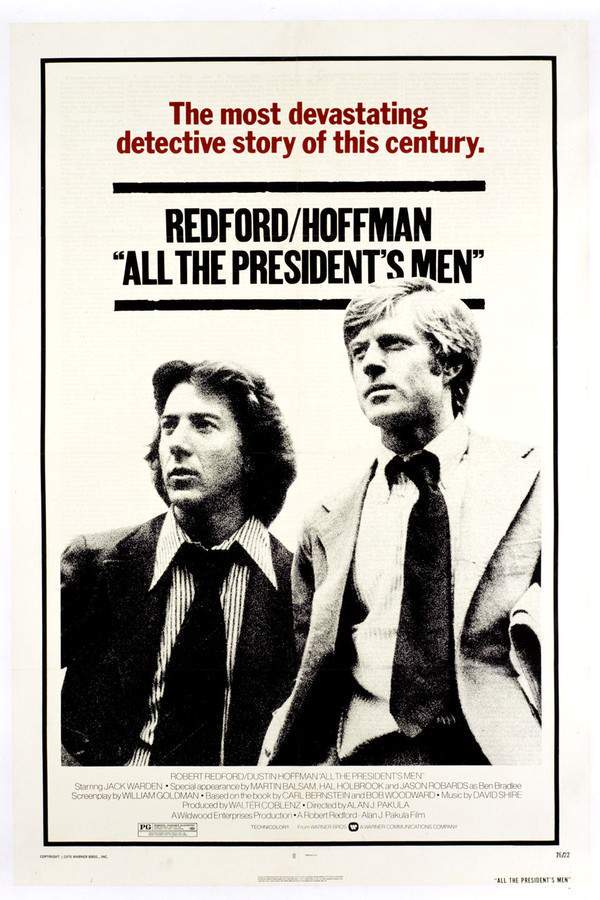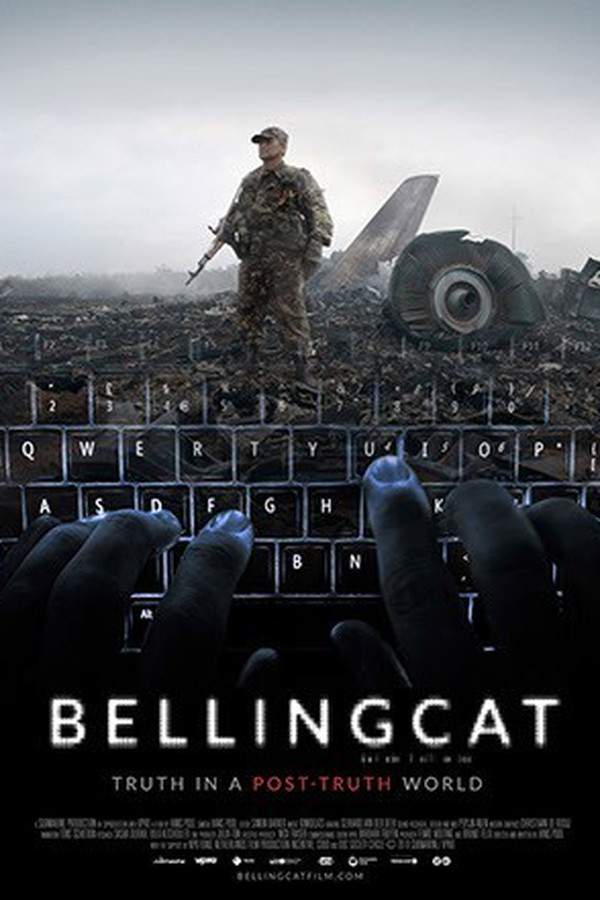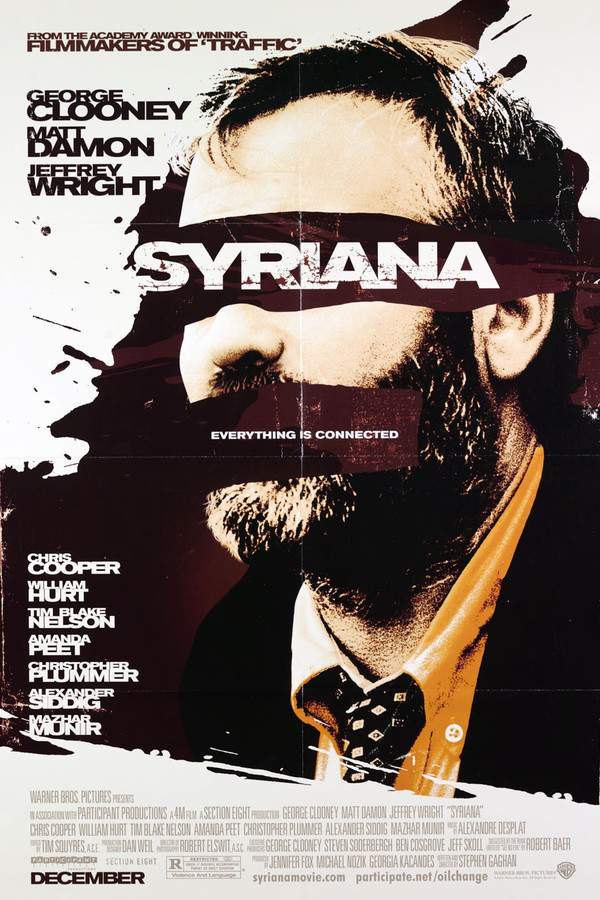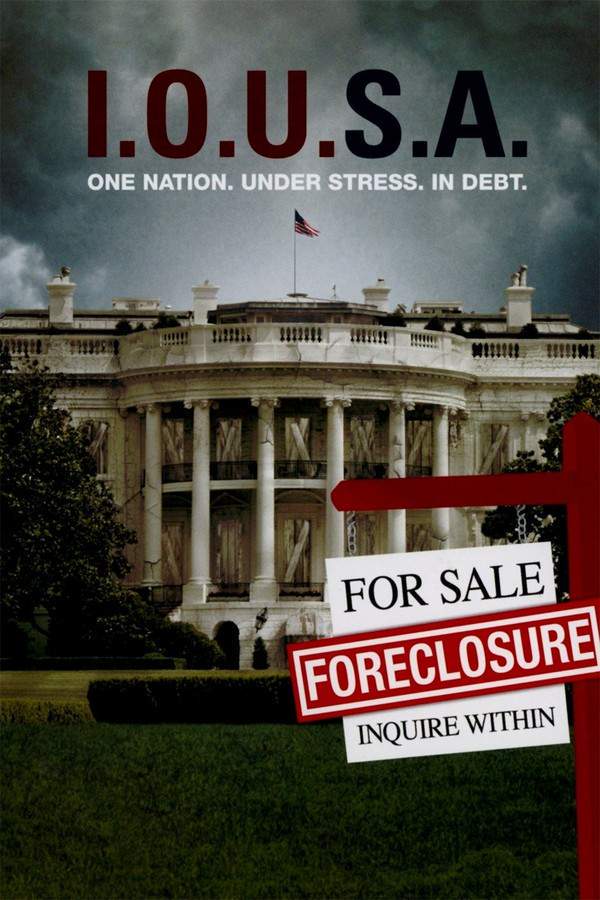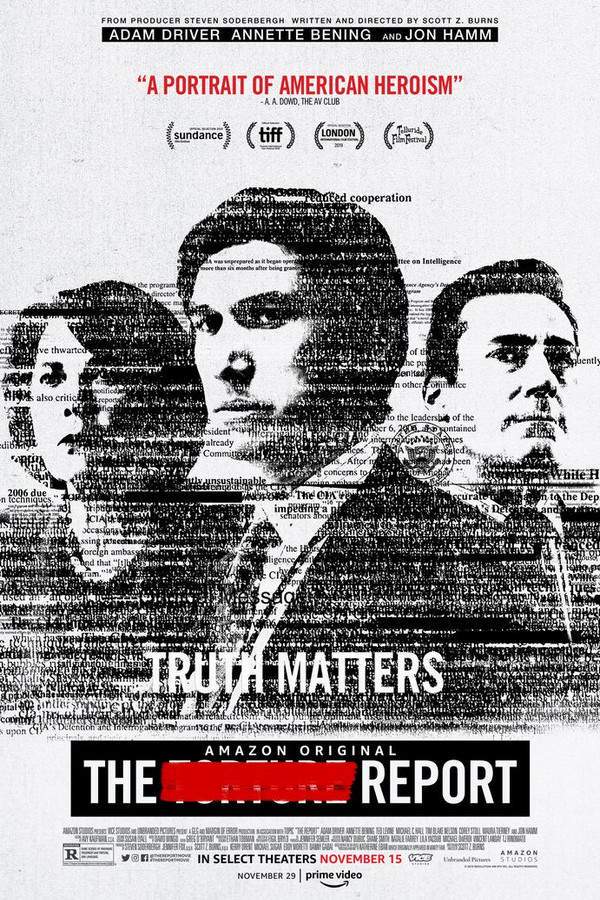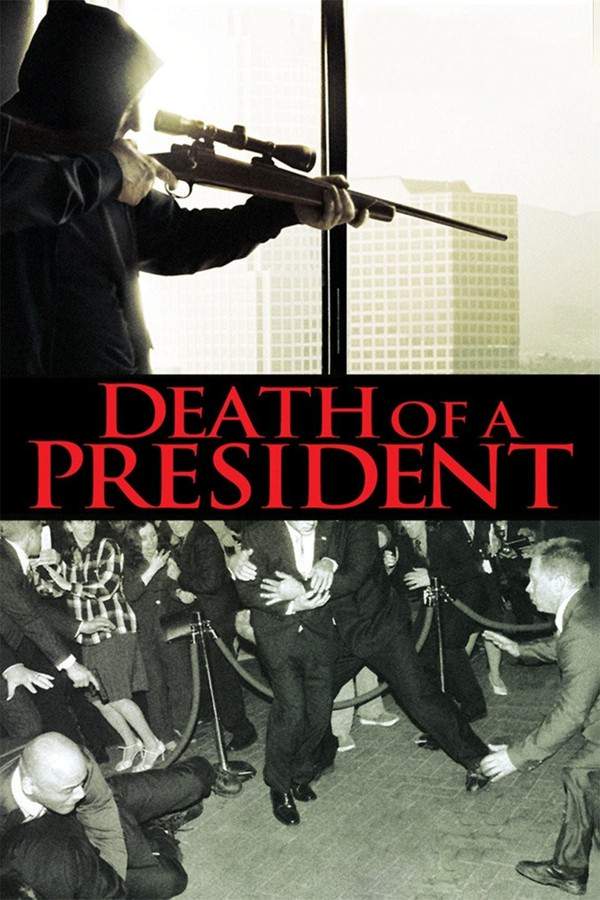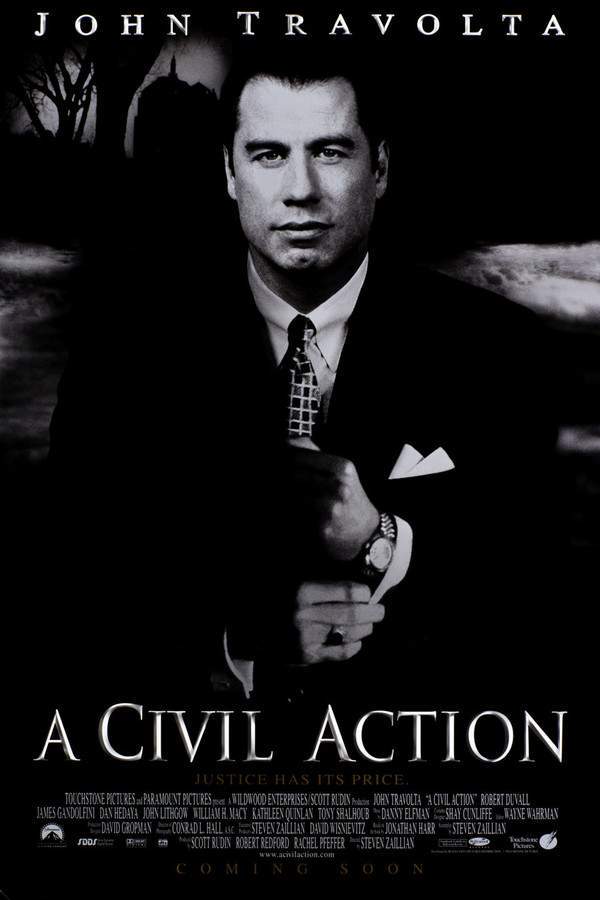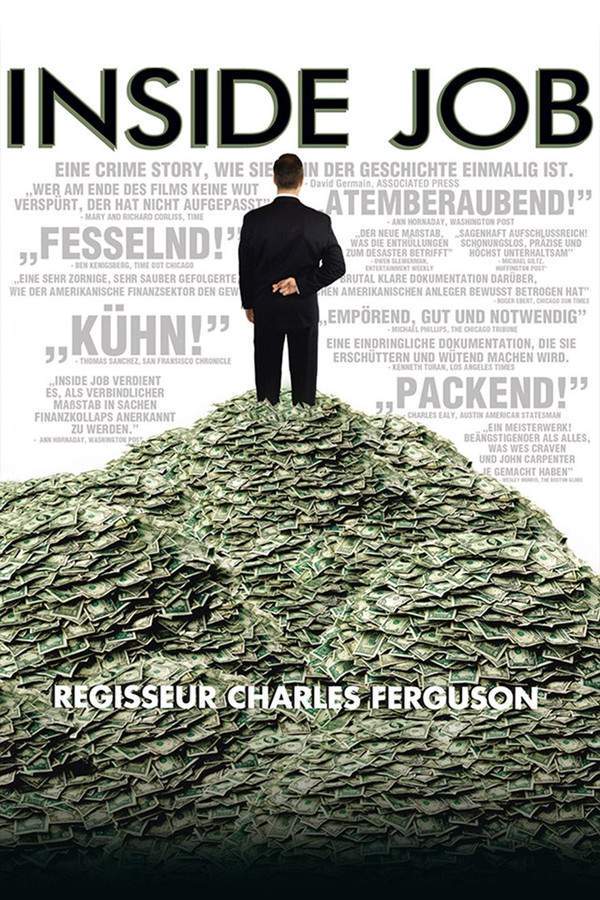
Inside Job
Year: 2010
Runtime: 120 min
Language: English
Director: Charles Ferguson
Budget: $2M
This gripping documentary examines the causes and consequences of the 2008 global financial crisis. Through extensive interviews with bankers, politicians, and economists, it explores the systemic failures and questionable practices that led to the crisis, which cost trillions of dollars and impacted economies worldwide. The film investigates the complex relationships between the financial industry, government regulation, and academic institutions, revealing the human cost of unchecked ambition and risky behavior.
Warning: spoilers below!
Haven’t seen Inside Job yet? This summary contains major spoilers. Bookmark the page, watch the movie, and come back for the full breakdown. If you're ready, scroll on and relive the story!
Inside Job (2010) – Full Plot Summary & Ending Explained
Read the complete plot breakdown of Inside Job (2010), including all key story events, major twists, and the ending explained in detail. Discover what really happened—and what it all means.
The documentary Inside Job delves into the 2008 global financial crisis, meticulously analyzing its roots and consequences. It presents a well-researched narrative, illuminated through extensive interviews with a range of experts, including financiers, politicians, journalists, and academics, all divided into five thoughtful segments.
The film emphasizes the radical shifts in the financial sector during the decade leading up to the crisis, spotlighting a political shift towards deregulation. This deregulation paved the way for complex trading mechanisms, such as the derivatives market, which significantly heightened risk-taking behavior, thereby bypassing older regulatory frameworks designed to mitigate systemic risk. As the narrative unfolds, it highlights various conflicts of interest within the financial sector, suggesting that many of these issues remain inadequately disclosed to the public.
A central theme explored is the immense pressure exerted by the financial industry on political processes to stave off regulation. The film scrutinizes the ubiquitous revolving door phenomenon, where financial regulators transition to lucrative positions within the financial sector upon leaving government roles. This practice raises serious questions about the impartiality and integrity of financial oversight.
Within the derivatives market, it is revealed that the initial high risks linked to subprime lending were subtly transferred among investors. Thanks to questionable credit rating practices, investors were misled into perceiving these high-risk investments as secure. Consequently, lenders incentivized to approve mortgages were often blind to the inherent risks, preferring high-interest loans. Following the packaging of these mortgages, the risks became obscured. Astonishingly, these products often attained AAA ratings, comparable to U.S. government bonds, which opened them up to a range of investors, including retirement funds bound to invest only in low-risk securities.
Additionally, the film critiques the skyrocketing compensation in the financial world, which has diverged dramatically from the overall economic growth witnessed in recent decades. Even at institutions that collapsed during the crisis, executives were reportedly pocketing hundreds of millions of dollars leading up to that tumultuous period. The film suggests that the balance between risk and benefit within the industry has profoundly eroded.
Another critical aspect touched upon in the documentary is the role of academia in facilitating the crisis. Notably, it raises concerns about Martin Feldstein, a Harvard economist and former head of the Council of Economic Advisers under President Ronald Reagan, who served as a director for AIG and was intricately linked to influential financial institutions such as J.P. Morgan. Additionally, it dissects how leading faculty members in economics and business schools derive substantial income from consulting and speaking engagements, with figures like Glenn Hubbard, the current dean of the Columbia Business School, receiving a significant part of his earnings from these activities. Despite these insights, Hubbard and others, such as John Y. Campbell, chair of Harvard’s economics department, defend the notion that no conflict of interest exists between academia and the financial sector.
Ultimately, the film concludes with a stark warning: despite the implementation of new financial regulations, the core structural problems remain largely unaddressed. The remaining banks have only grown larger, the underlying incentive structures remain unchanged, and shockingly, no high-ranking executives have faced prosecution for their part in the catastrophic financial collapse.
Last Updated: November 15, 2024 at 19:17
Explore Movie Threads
Discover curated groups of movies connected by mood, themes, and story style. Browse collections built around emotion, atmosphere, and narrative focus to easily find films that match what you feel like watching right now.
Documentaries exposing systemic failure like Inside Job
Methodical investigations that reveal the shocking truths behind broken systems.If you enjoyed the investigative rigor of Inside Job, explore more movies like it. This thread features similar gripping documentaries and dramas that meticulously uncover political corruption, corporate malfeasance, or other complex systemic breakdowns, leaving viewers with a heavy emotional weight.
Narrative Summary
Stories in this thread typically follow a logical, evidence-driven structure, often presented in distinct chapters. They build a case from the ground up, connecting dots between powerful players to reveal a larger pattern of negligence or corruption, leading to a conclusion that underscores the scale of the failure.
Why These Movies?
These films are grouped by their investigative nature, sobering tone, and focus on exposing complex, real-world issues. They share a methodical pacing, high intellectual complexity, and deliver a powerful, often bleak, emotional punch by holding a mirror to societal flaws.
Bleak stories of ambition and collapse like Inside Job
Stories where ambition and flawed systems lead to catastrophic consequences.For viewers who appreciated the tense, bleak journey of Inside Job, this thread collects movies with a similar vibe. Find films about unchecked ambition, high-stakes consequences, and moral failings, whether they are documentaries, dramas, or thrillers, that leave a heavy impact.
Narrative Summary
The narrative pattern often involves protagonists or systems operating with unchecked power, ignoring warning signs until a point of catastrophic failure. The journey is less about redemption and more about exposing the depth of the moral rot, leading to an ending that offers little hope for meaningful change.
Why These Movies?
These movies are united by their high-tension, bleak atmosphere and heavy emotional weight. They focus on themes of greed, failed accountability, and the devastating consequences of complex systems breaking down, creating a consistent vibe of frustration and sobering realization.
Unlock the Full Story of Inside Job
Don't stop at just watching — explore Inside Job in full detail. From the complete plot summary and scene-by-scene timeline to character breakdowns, thematic analysis, and a deep dive into the ending — every page helps you truly understand what Inside Job is all about. Plus, discover what's next after the movie.
Inside Job Timeline
Track the full timeline of Inside Job with every major event arranged chronologically. Perfect for decoding non-linear storytelling, flashbacks, or parallel narratives with a clear scene-by-scene breakdown.

Characters, Settings & Themes in Inside Job
Discover the characters, locations, and core themes that shape Inside Job. Get insights into symbolic elements, setting significance, and deeper narrative meaning — ideal for thematic analysis and movie breakdowns.

Inside Job Spoiler-Free Summary
Get a quick, spoiler-free overview of Inside Job that covers the main plot points and key details without revealing any major twists or spoilers. Perfect for those who want to know what to expect before diving in.

More About Inside Job
Visit What's After the Movie to explore more about Inside Job: box office results, cast and crew info, production details, post-credit scenes, and external links — all in one place for movie fans and researchers.

Similar Movies to Inside Job
Discover movies like Inside Job that share similar genres, themes, and storytelling elements. Whether you’re drawn to the atmosphere, character arcs, or plot structure, these curated recommendations will help you explore more films you’ll love.
Explore More About Movie Inside Job
Inside Job (2010) Scene-by-Scene Movie Timeline
Inside Job (2010) Movie Characters, Themes & Settings
Inside Job (2010) Spoiler-Free Summary & Key Flow
Movies Like Inside Job – Similar Titles You’ll Enjoy
The Emperor's New Clothes (2015) Detailed Story Recap
Inside Man (2006) Spoiler-Packed Plot Recap
The Big Short (2015) Movie Recap & Themes
Saving Capitalism (2017) Movie Recap & Themes
Casino Jack and the United States of Money (2010) Detailed Story Recap
Enron: The Smartest Guys in the Room (2005) Full Summary & Key Details
Master of the Universe (2014) Story Summary & Characters
Wall Street: A Wondering Trip (2005) Full Movie Breakdown
Blurred Lines: Inside the Art World (2017) Story Summary & Characters
System Error (2018) Plot Summary & Ending Explained
The Men Who Stole the World (2018) Full Movie Breakdown
Panic: The Untold Story of the 2008 Financial Crisis (2018) Detailed Story Recap
Inside 9/11 (1000) Full Summary & Key Details
Age of Easy Money (2023) Plot Summary & Ending Explained
Game Over - The Fall of Credit Suisse (2025) Story Summary & Characters

